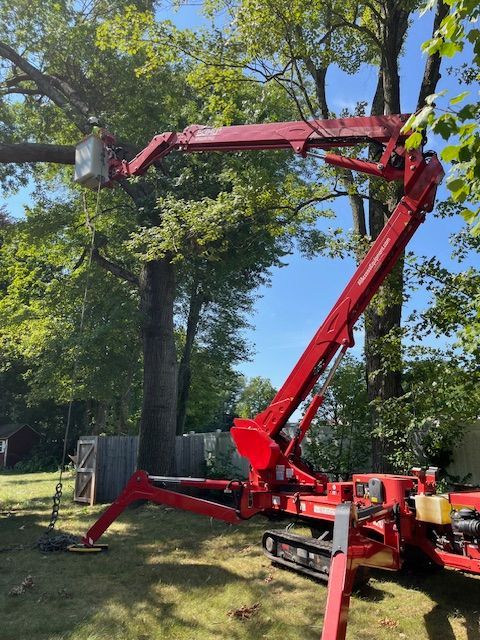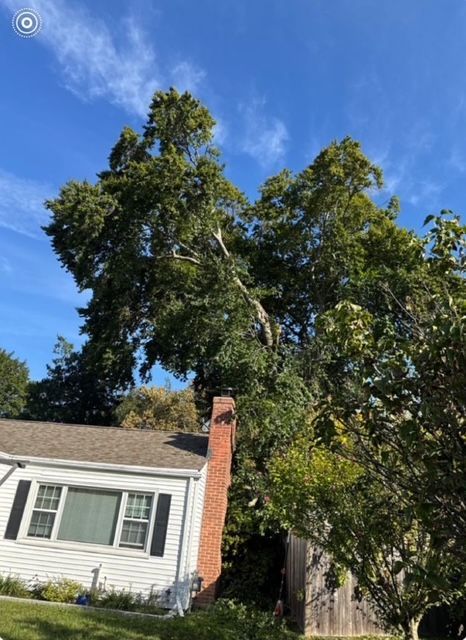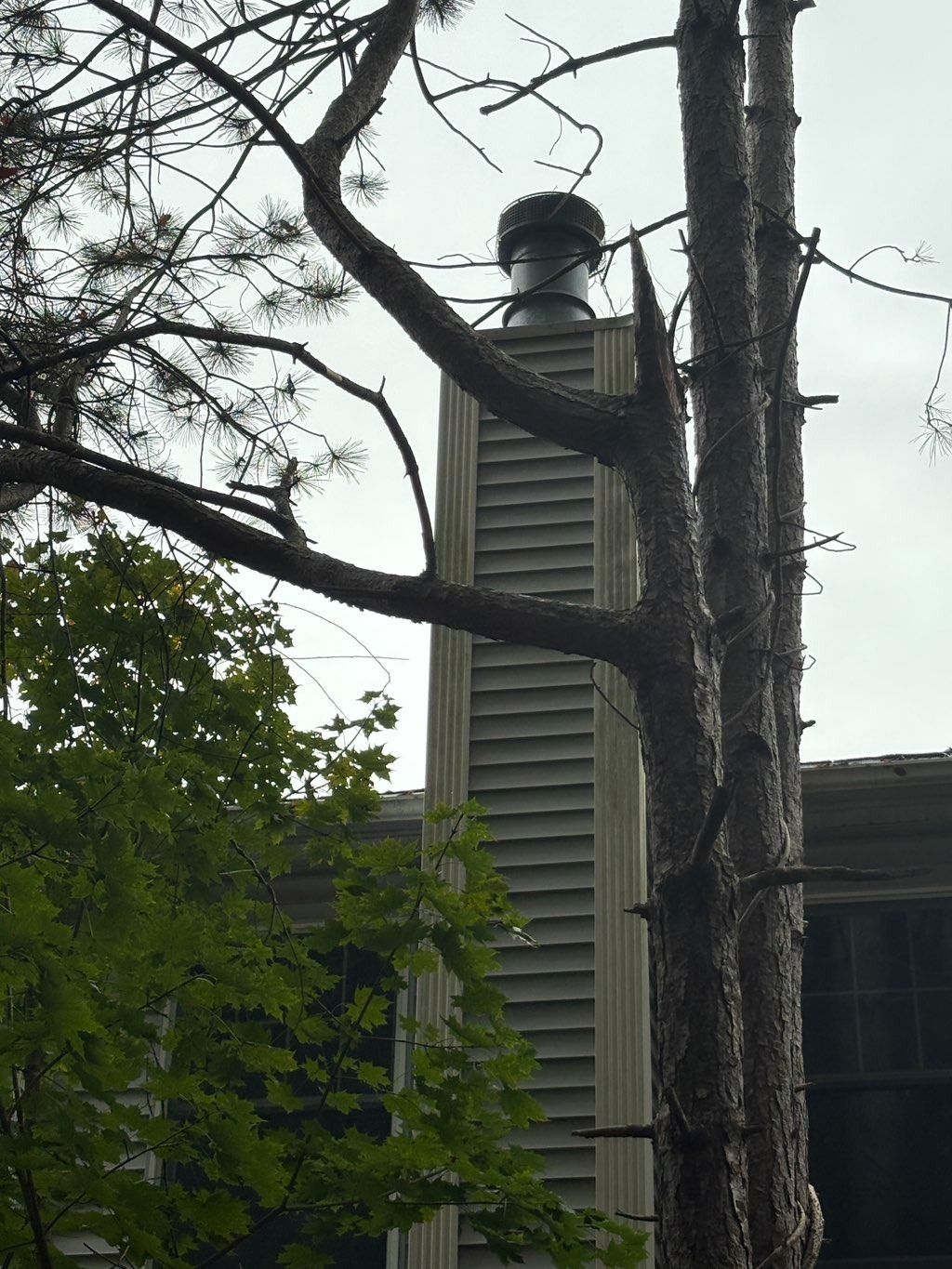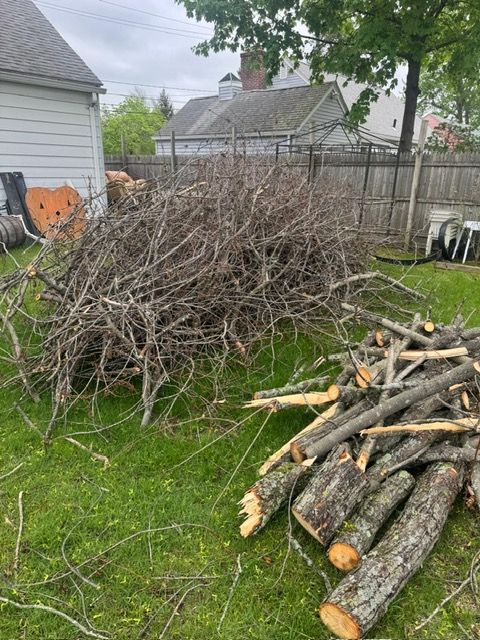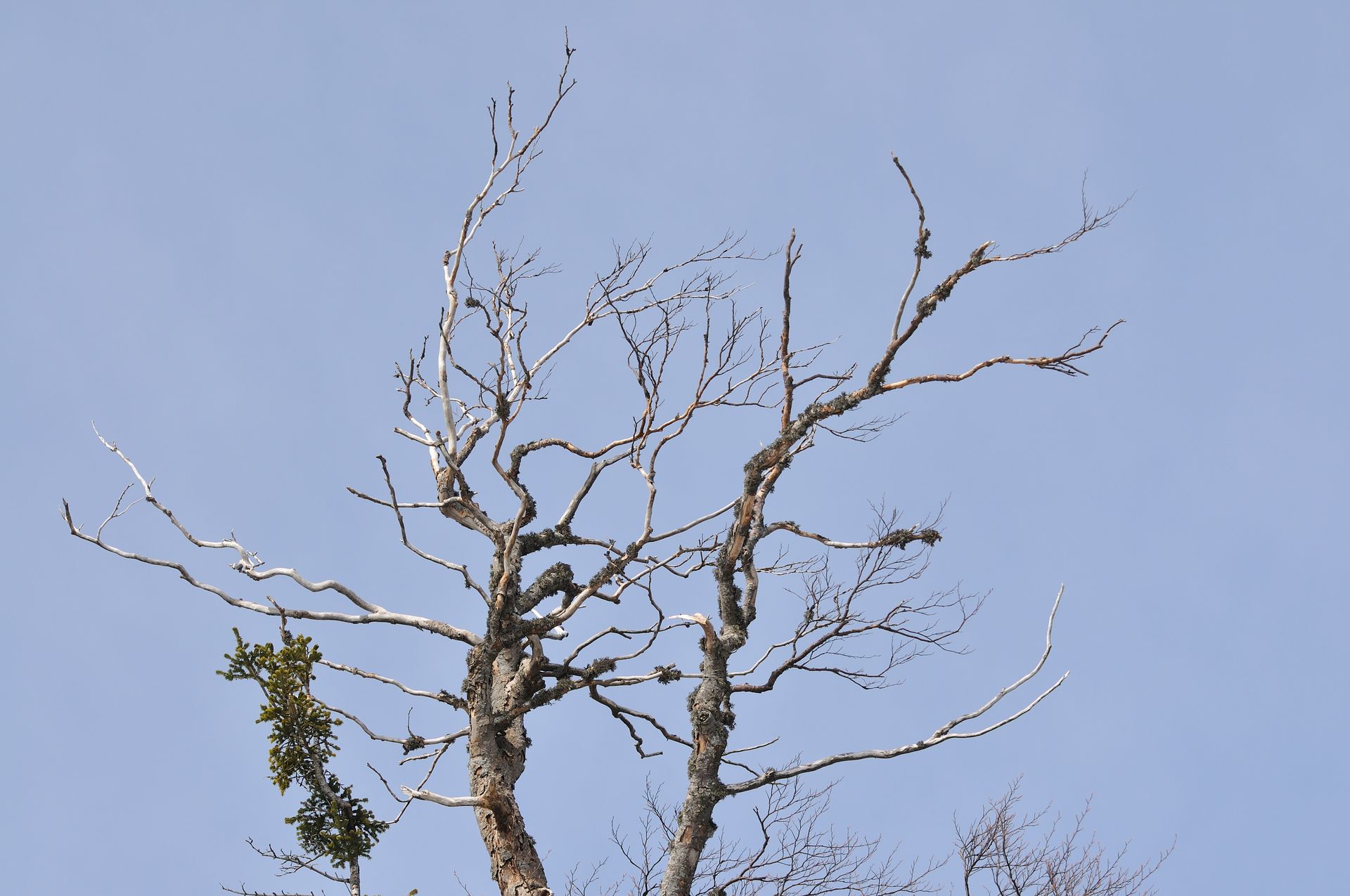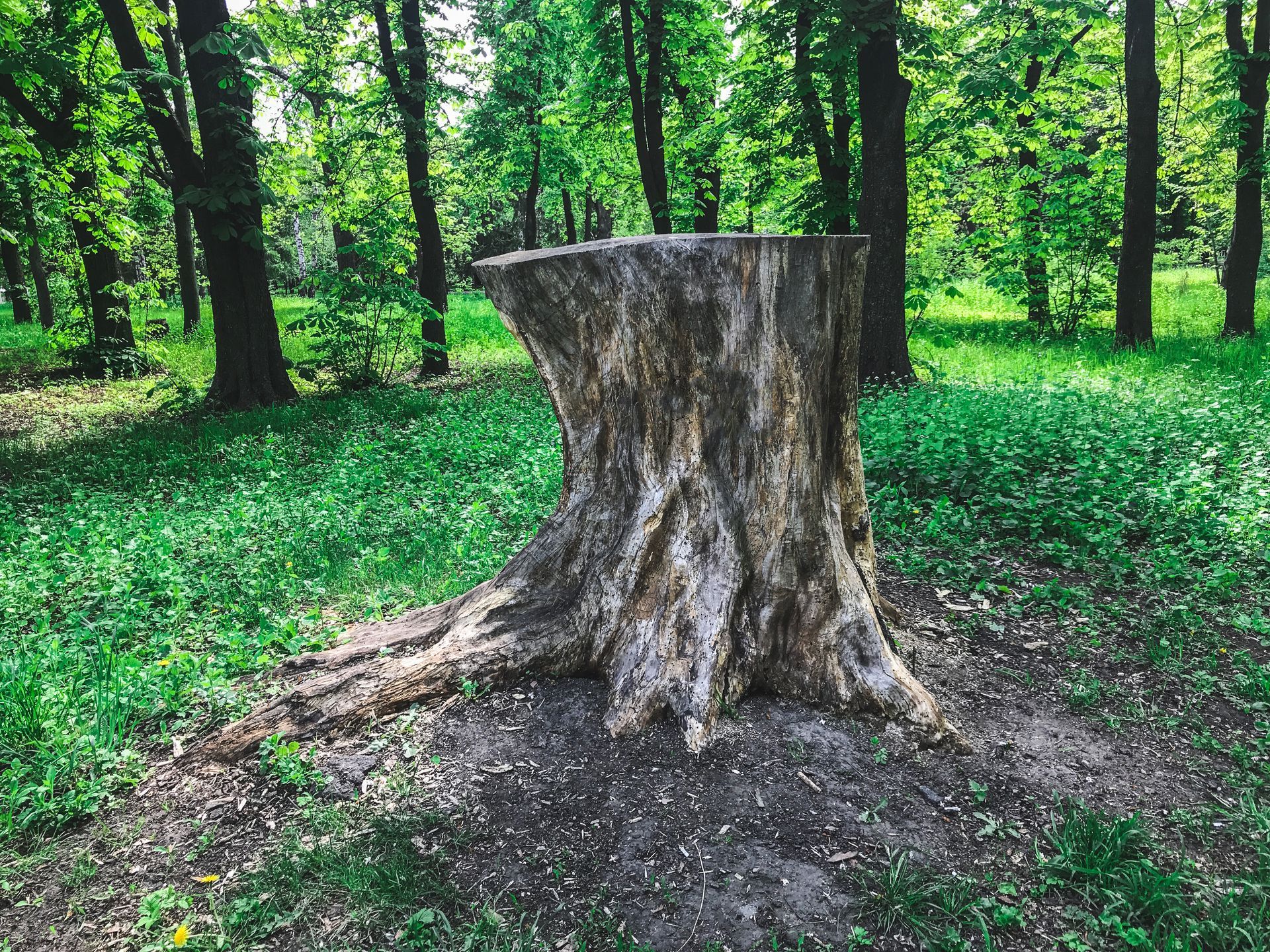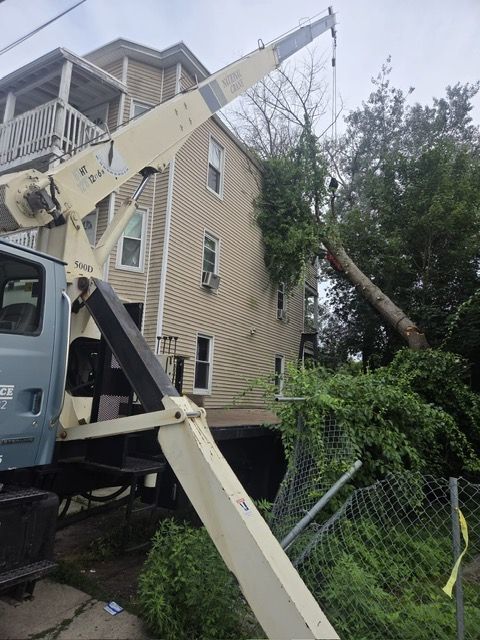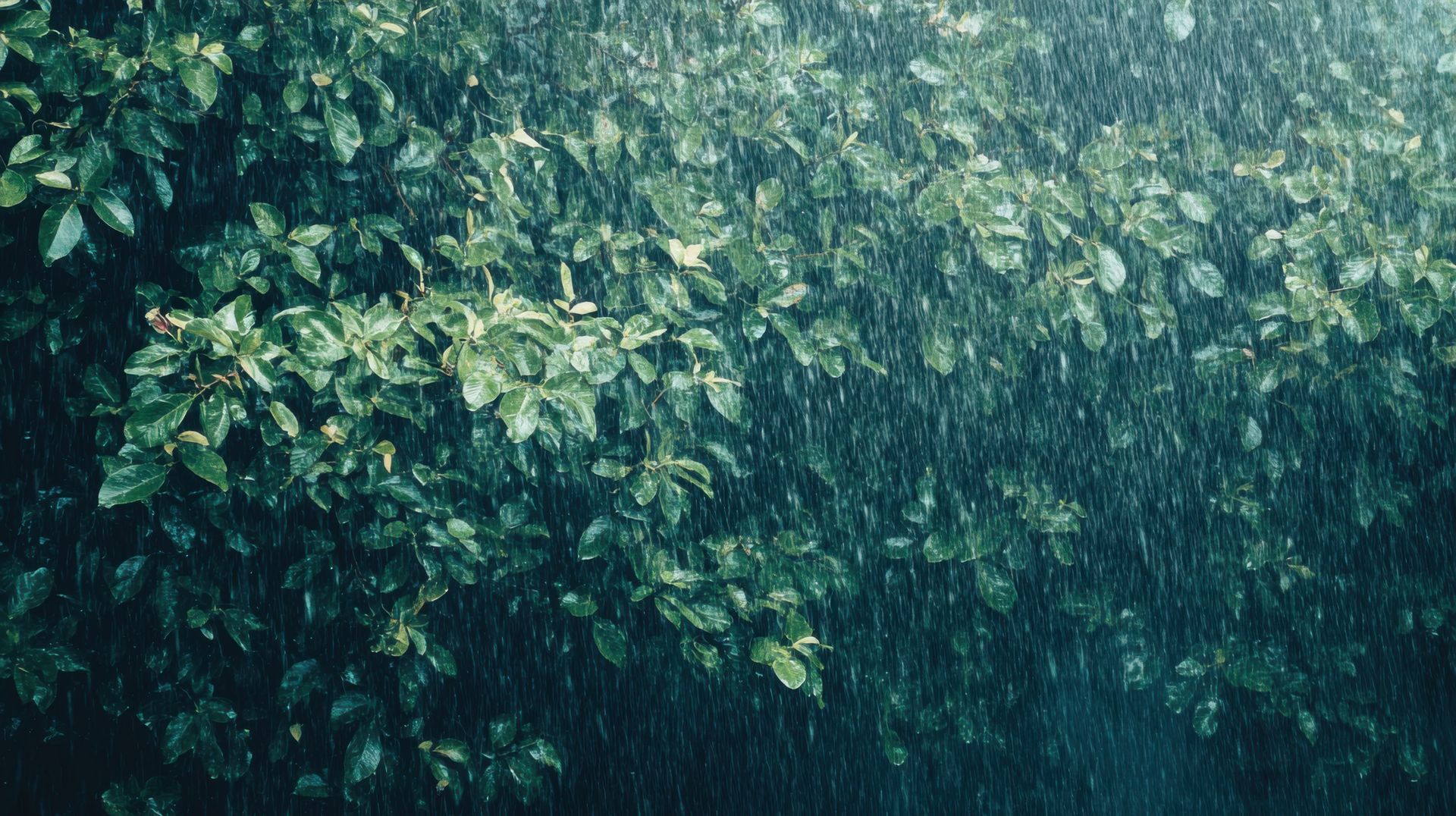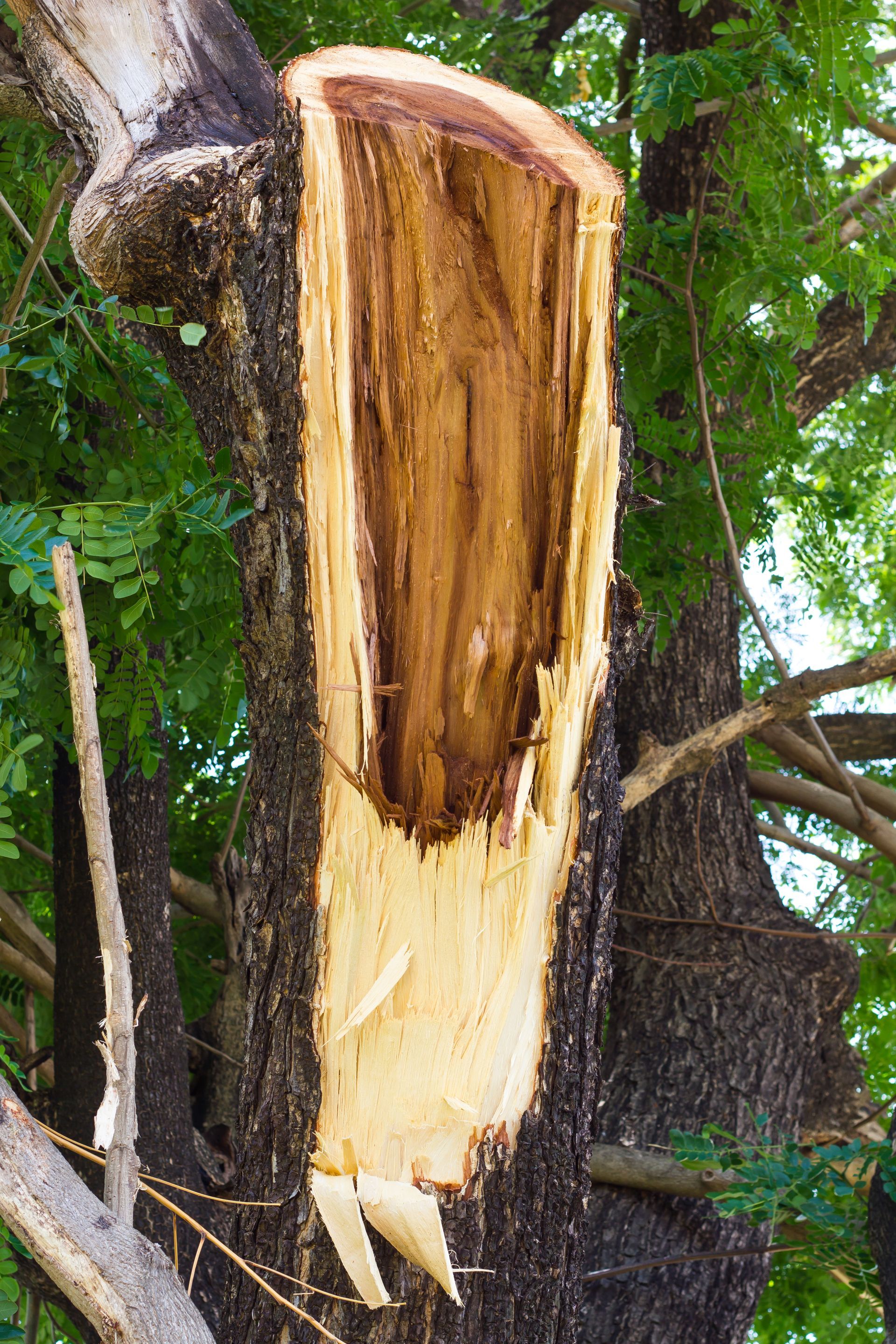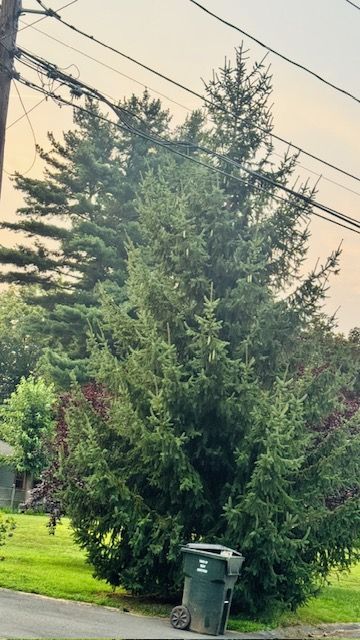Tree Roots and Your Foundation: What Bloomfield Homeowners Should Know
Tree Roots and Your Foundation: What Bloomfield Homeowners Should Know
“Tree roots cause 90% of sidewalk damage in urban neighborhoods—but what about your home’s foundation?”
— International Society of Arboriculture
When people think of tree damage, they imagine falling branches or toppled trunks during a storm. But some of the most expensive damage starts underground. Quietly. Slowly. And dangerously close to your home’s foundation.
If you live in Bloomfield, CT, and have mature trees within 20–30 feet of your house, it’s time to get familiar with how roots behave—and how to stay ahead of potential problems.
Let’s break it down.
🌳 Do Tree Roots Actually Break Foundations?
Short answer: not directly. But they can cause the conditions that lead to cracks and movement.
Roots follow moisture. When the soil around your home dries out due to thirsty roots or drought, it can contract and shift. This creates instability. In expansive soils (which exist in parts of Connecticut), even small changes in moisture can cause big shifts under your slab.
So no, roots aren’t jackhammers. But they are disruptors—and over time, they can cause real trouble.
🔍 Warning Signs That Roots Might Be a Problem
If you see any of these, it’s time to take a closer look:
- Cracks forming in your basement walls or floor
- Uneven or lifting walkways and patios
- Trees growing very close to the home (within 15 feet)
- New bumps in your lawn or driveway
- Water pooling near tree bases or along your home’s edge
One sign alone might not mean disaster. But several together? That’s your cue to call a pro.
🌿 Trees That are Most Likely to Cause Issues in Bloomfield
Some tree species are more aggressive than others. If you have these on your property, pay extra attention:
- Silver Maple – Fast-growing, shallow-rooted, and very thirsty
- Willow – Loves water and spreads roots aggressively
- Norway Maple – Common in CT yards, but notorious for root damage
- Sweetgum – Beautiful but not foundation-friendly
Not all trees are troublemakers, though! Oaks and dogwoods, for example, have deeper, slower-growing roots that rarely interfere with foundations.
🛠️ What Can You Do to Prevent Root Damage?
Here’s the good news—you don’t have to cut every tree down. Prevention is all about smart management.
✔️ 1. Maintain Safe Planting Distances
Keep new trees at least 20–30 feet from your foundation—more for large species. Smaller ornamentals can sit closer, but always err on the cautious side.
✔️ 2. Install Root Barriers
These are physical barriers placed in the soil to guide root growth away from vulnerable structures. They’re especially useful during new construction or major landscaping.
✔️ 3. Monitor Moisture
Water your trees during dry spells, but keep moisture consistent around your home’s perimeter. Drastic swings in soil moisture are what cause movement.
✔️ 4. Schedule Regular Tree Health Checks
An annual visit from a certified arborist can help detect root issues early. At Boa Bloomfield Tree Service, we can also assess which trees are growing too close for comfort.
🌳 Already Seeing Damage? Here's What to Do
- Call a structural engineer to assess your foundation
- Bring in an arborist to evaluate the trees and root systems
- Avoid drastic root cutting without professional guidance—it could destabilize the tree and cause bigger problems
This is not a DIY situation. Cutting too many roots can kill a tree or make it hazardous during storms.
💬 Final Thought
Just because you can't see tree roots doesn't mean they aren’t doing something under the surface.
If you’re settling into a new place in Bloomfield—or making sure your longtime home stays strong—it’s worth knowing how those roots might be affecting your foundation.
You don’t have to figure it all out on your own.
Here at Boa Bloomfield Tree Service, we’re experts at spotting root problems early, keeping them in check, and helping you avoid costly surprises down the line.
📞 Call us today for a free on-site root risk assessment. Your foundation—and your wallet—will thank you.
